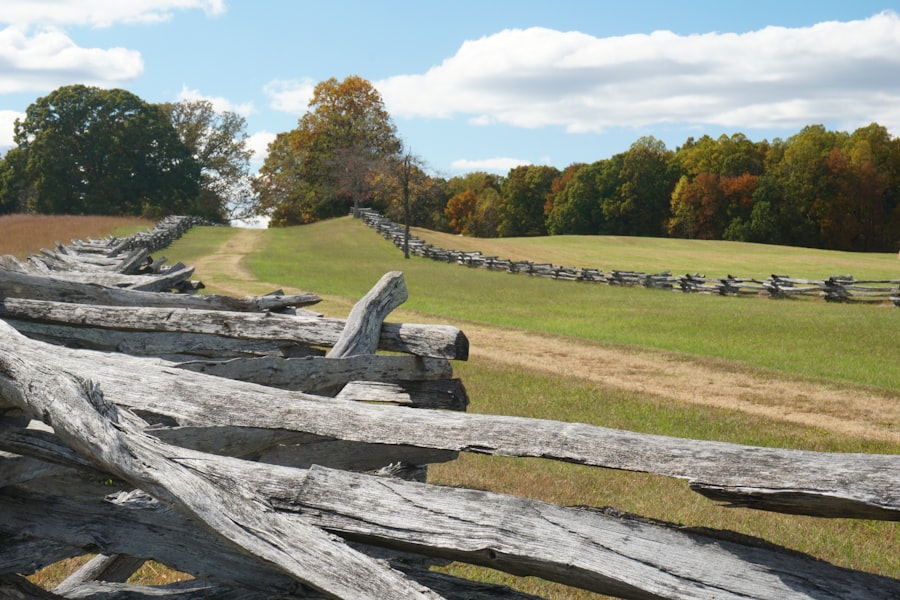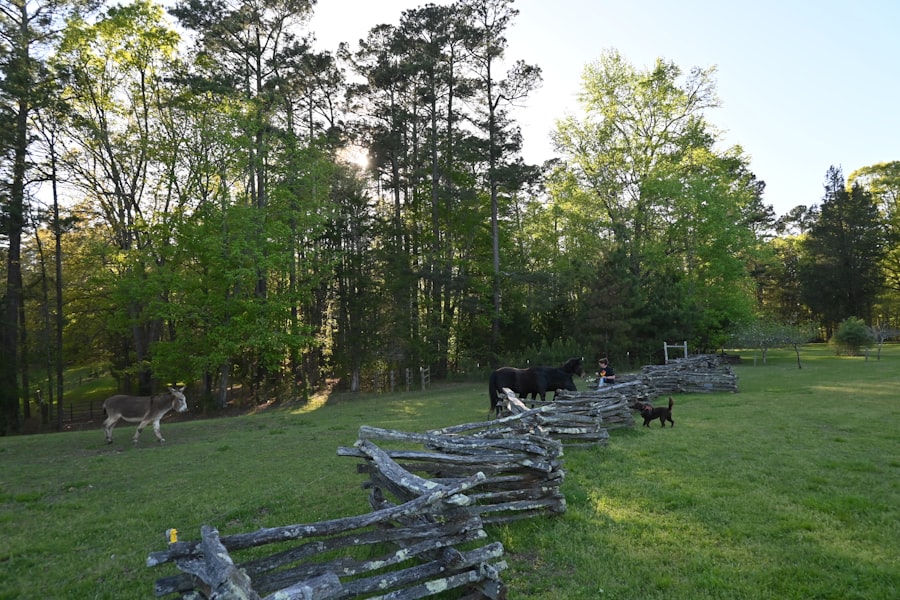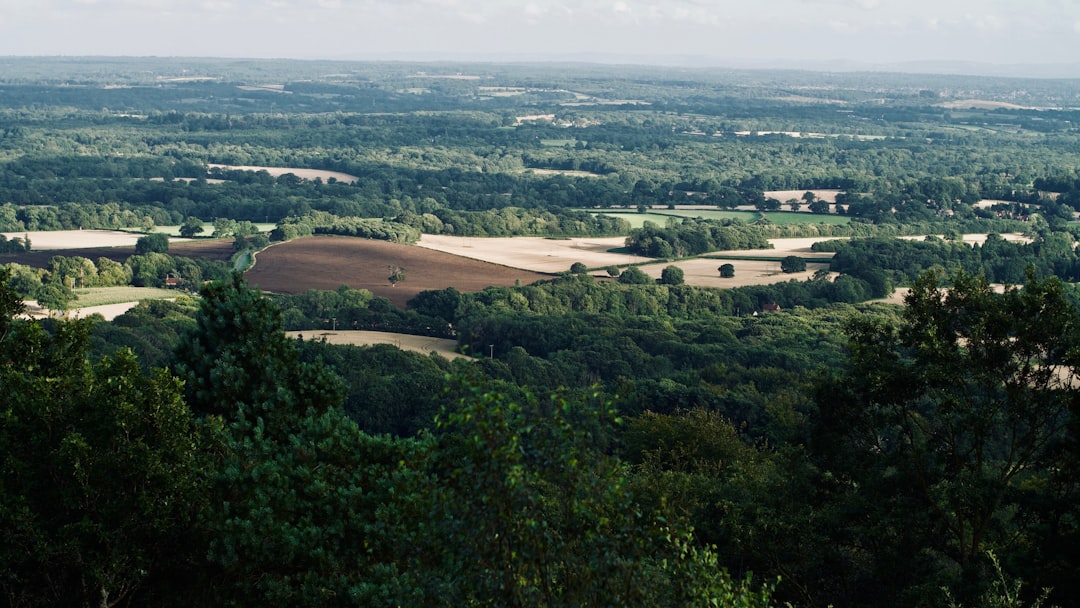The Appalachian Mountains, a vast and rugged range stretching over 1,500 miles from Georgia to Maine, present a unique and formidable landscape. Characterized by steep ridges, deep valleys, and dense forests, this terrain has shaped not only the natural environment but also the historical and military narratives of the United States. The mountains are not merely a geographical feature; they are a defining element of the region’s culture, economy, and strategic significance.
The diverse ecosystems found within the Appalachians, from lush deciduous forests to rocky outcrops, contribute to both the beauty and the challenges of navigating this area. The terrain’s complexity has influenced human activity for centuries, serving as both a barrier and a pathway for exploration, settlement, and conflict. The Appalachian region has been home to various indigenous tribes long before European settlers arrived, and its ruggedness has played a crucial role in shaping their lifestyles and interactions.
As the United States expanded westward, the mountains became a significant factor in military planning and operations, impacting everything from troop movements to supply lines. Understanding the Appalachian terrain is essential for comprehending its historical military engagements and ongoing strategic importance.
Key Takeaways
- The Appalachian Terrain is characterized by rugged mountains, dense forests, and challenging terrain, making it a unique and strategic location for military engagement.
- Early military engagement in the Appalachian region dates back to the colonial era, with conflicts between European powers and Native American tribes shaping the region’s military history.
- The strategic importance of the Appalachian Mountains lies in its natural barriers and defensive advantages, making it a key region for military control and defense.
- Military tactics and challenges in Appalachian terrain include guerrilla warfare, ambushes, and the need for specialized training and equipment to navigate the rugged landscape.
- The role of Appalachian terrain in the American Civil War was significant, with both Union and Confederate forces utilizing the region for strategic advantage and control.
Early Military Engagement in the Appalachian Region
The early military history of the Appalachian region is marked by conflicts that predate the establishment of the United States.
The mountains served as both a strategic barrier and a contested territory, with various skirmishes occurring as both sides sought to assert dominance over the land.
The rugged terrain posed significant challenges for military logistics, forcing commanders to adapt their strategies to navigate the difficult landscape. As tensions escalated in the years leading up to the American Revolution, the Appalachian Mountains continued to play a pivotal role in military engagements. The region became a battleground for colonial militias and British troops, with skirmishes occurring in the valleys and along the mountain passes.
The early military engagements in this area laid the groundwork for future conflicts, highlighting the importance of understanding the terrain’s influence on warfare. The experiences gained during these early confrontations would inform military tactics in subsequent wars, as commanders learned to leverage the unique characteristics of the Appalachian landscape.
Strategic Importance of the Appalachian Mountains

The strategic significance of the Appalachian Mountains cannot be overstated. Acting as a natural barrier between the eastern seaboard and the interior of the continent, these mountains have historically influenced military strategy and operations. Their elevation provides commanding views of surrounding areas, making them ideal for surveillance and defense.
Additionally, the numerous passes and valleys within the range have served as critical routes for troop movements and supply lines throughout American history. In times of conflict, control over key mountain passes has often determined the outcome of military campaigns. The Appalachians not only serve as a physical barrier but also as a psychological one, instilling a sense of isolation among those who traverse them.
This isolation can be both advantageous and disadvantageous; while it can protect forces from enemy advances, it can also hinder reinforcements and resupply efforts. As such, understanding the strategic importance of this terrain has been essential for military planners throughout history.
Military Tactics and Challenges in Appalachian Terrain
| Challenges | Tactics |
|---|---|
| Steep and rugged terrain | Vertical envelopment tactics, small unit tactics |
| Vegetation and dense forests | Camouflage and concealment, small unit tactics |
| Limited visibility | Use of drones and surveillance technology, small unit tactics |
| Narrow and winding roads | Ambush tactics, roadblock and checkpoint operations |
| Weather and climate challenges | Cold weather operations, adaptation to changing weather conditions |
Navigating the Appalachian terrain requires specialized military tactics due to its unique challenges. The steep slopes, dense forests, and unpredictable weather patterns can complicate troop movements and logistics. Commanders must account for these factors when planning operations, often employing guerrilla tactics or small-unit engagements that leverage the natural cover provided by the landscape.
The ability to adapt to these conditions has been crucial for success in military operations within this region. Moreover, communication can be particularly challenging in such rugged terrain. The dense foliage can obstruct visibility and hinder radio transmissions, making coordination between units difficult.
As a result, military leaders have historically relied on scouts and local knowledge to navigate these obstacles effectively. The challenges posed by the Appalachian landscape have necessitated innovative approaches to warfare, emphasizing flexibility and adaptability in military strategy.
Role of Appalachian Terrain in the American Civil War
During the American Civil War, the Appalachian Mountains played a significant role in shaping military strategies and outcomes. The region served as both a defensive stronghold for Confederate forces and a strategic objective for Union troops seeking to disrupt supply lines and communication routes. Key battles were fought in and around the mountains, with commanders on both sides recognizing their importance in controlling movement across the region.
The terrain’s ruggedness often dictated battle tactics, with forces utilizing natural features for cover and concealment. For instance, during battles such as those at Gettysburg and Chattanooga, commanders had to consider how elevation changes could impact artillery placement and troop positioning. The mountains also served as refuge for guerrilla fighters who utilized their knowledge of local geography to launch surprise attacks against larger Union forces.
This dynamic interplay between terrain and tactics underscored the critical role that the Appalachian landscape played during this tumultuous period in American history.
Appalachian Terrain in World War I and World War II

In World War I and World War II, the Appalachian Mountains continued to influence military operations, albeit in different contexts than previous conflicts. While large-scale battles did not occur directly within the mountains during these global conflicts, their strategic significance remained evident. The region served as a training ground for troops preparing for deployment overseas, with its varied terrain providing an ideal environment for honing skills necessary for combat.
Military installations were established throughout the Appalachians during both wars, taking advantage of the natural landscape for training exercises. The rugged terrain allowed soldiers to practice maneuvers that would be applicable in diverse environments encountered on battlefields across Europe and beyond. Additionally, local communities often supported war efforts by providing resources and manpower, further intertwining military operations with regional identity.
Military Training and Operations in the Appalachian Mountains
The Appalachian Mountains have long served as an essential site for military training operations due to their diverse topography and climate conditions. Military academies and training facilities have utilized this terrain to prepare soldiers for various combat scenarios. The mountains offer opportunities for infantry training, survival skills development, and navigation exercises that are crucial for effective military performance.
In recent years, modern military units have increasingly recognized the value of conducting exercises in this challenging environment. Training programs often incorporate elements such as mountain warfare tactics, reconnaissance missions, and survival techniques tailored to mountainous regions.
Impact of Appalachian Terrain on Military Infrastructure
The ruggedness of the Appalachian terrain has significantly impacted military infrastructure development throughout history. Building roads, bases, and other facilities in such challenging landscapes requires careful planning and engineering expertise. The steep slopes and dense forests often necessitate innovative construction techniques to ensure accessibility while minimizing environmental disruption.
Moreover, maintaining infrastructure in this region poses ongoing challenges due to weather conditions that can rapidly change. Heavy rainfall can lead to landslides or washouts that disrupt transportation routes essential for troop movements or supply deliveries. As a result, military planners must continuously assess infrastructure needs while considering how best to adapt to the unique demands posed by the Appalachian landscape.
Modern Military Operations in the Appalachian Region
In contemporary times, modern military operations continue to take place within the Appalachian region, albeit with different objectives than those seen in earlier conflicts. Today’s military engagements often focus on counterinsurgency operations or humanitarian assistance missions rather than traditional warfare scenarios. The diverse terrain still presents challenges but also offers opportunities for training exercises that prepare soldiers for various operational environments.
Additionally, advancements in technology have transformed how military units operate within this rugged landscape. Drones equipped with surveillance capabilities can provide real-time intelligence on troop movements or potential threats while minimizing risks associated with ground reconnaissance missions. These technological innovations allow commanders greater flexibility when navigating complex terrains like those found in Appalachia.
Environmental and Geographical Considerations for Military Operations
When conducting military operations in the Appalachian region, environmental considerations play an increasingly important role alongside geographical factors. The diverse ecosystems found within these mountains require careful management to minimize ecological impact during training exercises or operational deployments. Environmental assessments are often conducted prior to any significant military activity to ensure compliance with regulations aimed at protecting local wildlife habitats.
Furthermore, geographical features such as rivers or wetlands may influence operational planning by affecting mobility options or creating natural barriers that must be navigated carefully during missions. Understanding these environmental dynamics is essential for successful military engagement while preserving ecological integrity within this unique landscape.
Future Prospects for Military Engagement in the Appalachian Terrain
Looking ahead, future prospects for military engagement in the Appalachian terrain will likely continue evolving alongside advancements in technology and changes in global security dynamics. As new threats emerge—ranging from cyber warfare to climate change—military planners will need to adapt strategies that account for both traditional challenges posed by rugged landscapes as well as modern complexities arising from interconnected global issues. Moreover, ongoing collaboration between military forces and local communities will be crucial for fostering positive relationships while ensuring effective operational readiness within this region.
By leveraging local knowledge about terrain features alongside innovative training methods tailored specifically for mountainous environments, future military engagements can enhance overall effectiveness while respecting cultural heritage tied closely to Appalachia’s rich history. In conclusion, understanding how geography shapes military strategy remains vital not only within historical contexts but also as nations navigate contemporary security challenges today—especially within regions like Appalachia where natural landscapes continue influencing human activity across generations.
The military history of the Appalachian terrain is a fascinating subject that delves into the strategic significance of this rugged landscape throughout various conflicts. The challenging topography of the Appalachians has played a crucial role in shaping military strategies and outcomes, from the Revolutionary War to the Civil War. For those interested in exploring more about the geographical aspects that influenced military tactics in this region, a related article can be found on MyGeoQuest. This article provides insights into how the natural features of the Appalachians impacted historical military campaigns. You can read more about it by visiting this page.
WATCH THIS! The Hidden Reason No One Can Invade America | A Geographical Analysis
FAQs
What is the military history of Appalachian terrain?
The military history of Appalachian terrain refers to the various military activities and conflicts that have taken place in the Appalachian region of the United States.
What are some key historical events related to military activities in the Appalachian terrain?
Some key historical events related to military activities in the Appalachian terrain include the French and Indian War, the American Revolutionary War, the Civil War, and various conflicts with Native American tribes.
How has the Appalachian terrain influenced military strategies and tactics?
The rugged and mountainous terrain of the Appalachian region has influenced military strategies and tactics by providing natural defenses and obstacles for both offensive and defensive operations.
What role did the Appalachian terrain play in the American Civil War?
The Appalachian terrain played a significant role in the American Civil War, as it provided strategic advantages for both the Union and Confederate forces, including natural barriers and difficult terrain for military maneuvering.
Are there any notable military landmarks or sites in the Appalachian terrain?
Yes, there are several notable military landmarks and sites in the Appalachian terrain, including battlefields, forts, and historic military installations that have played a significant role in the region’s military history.
